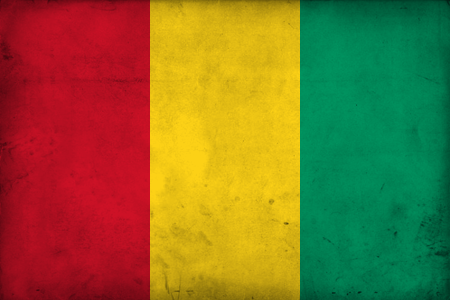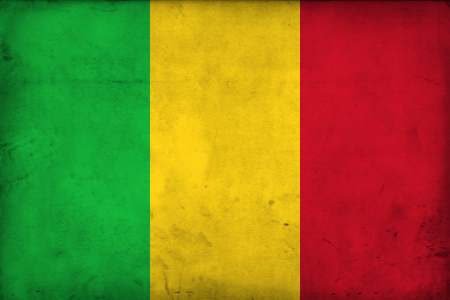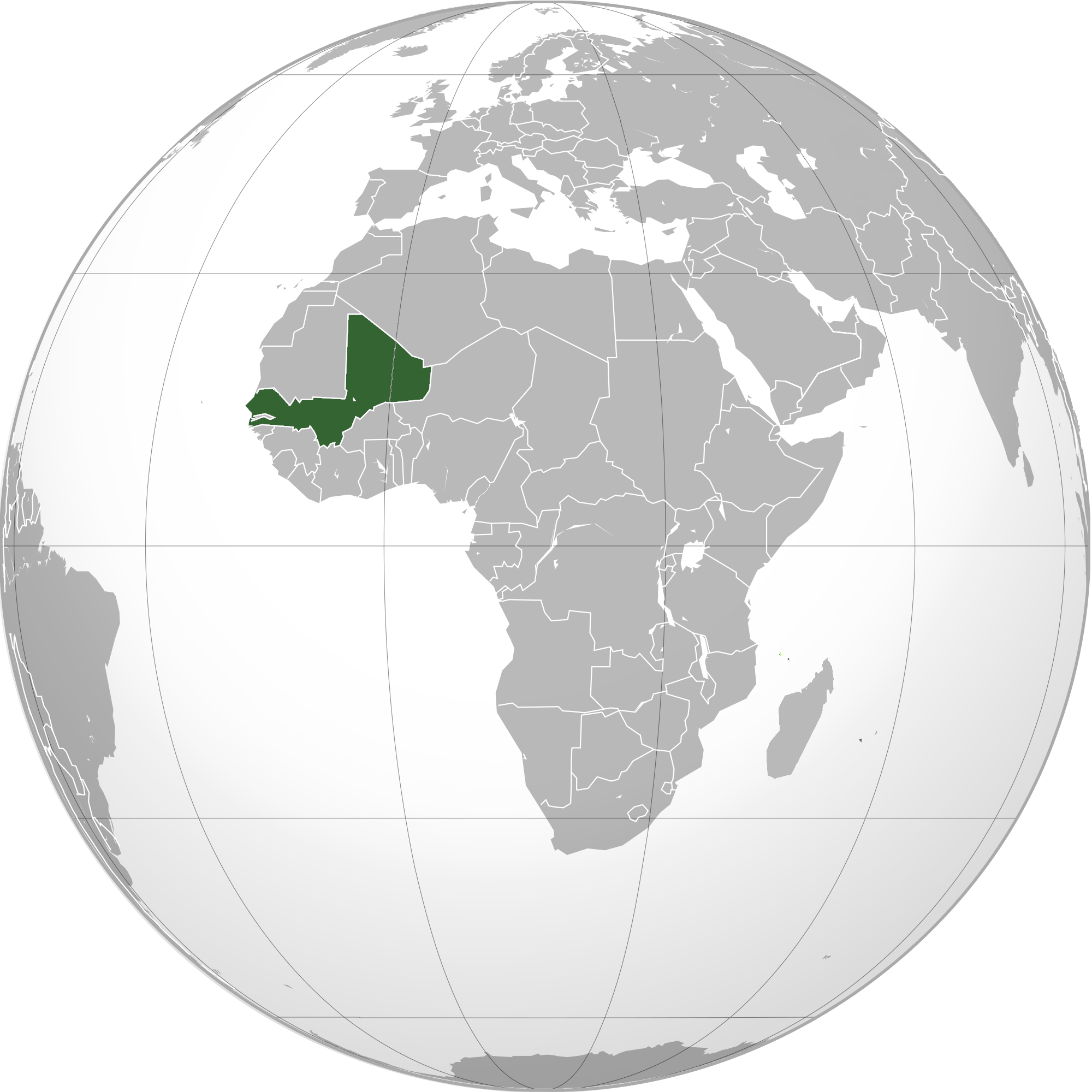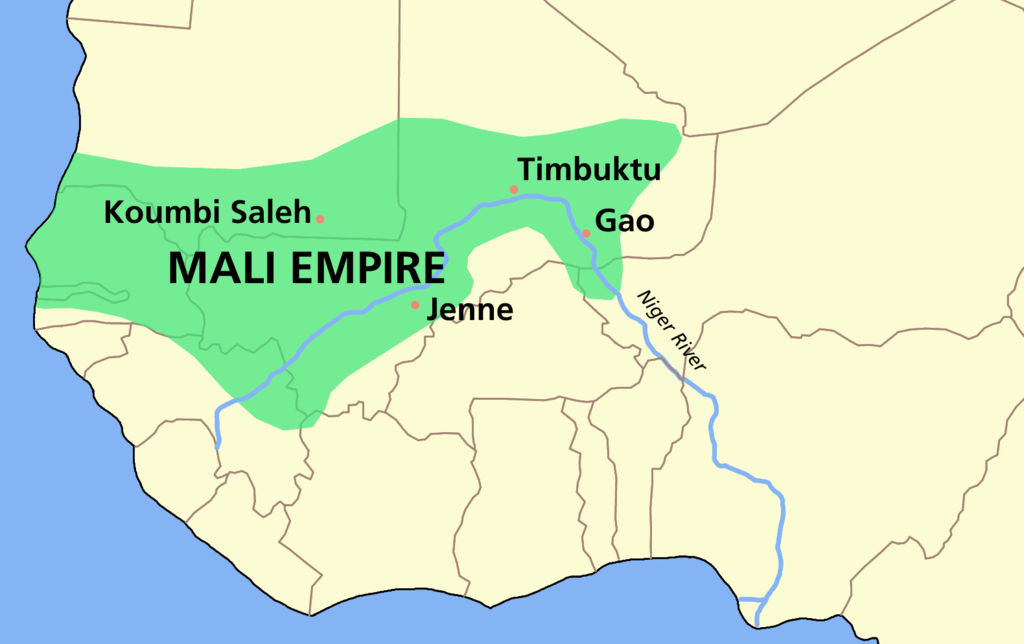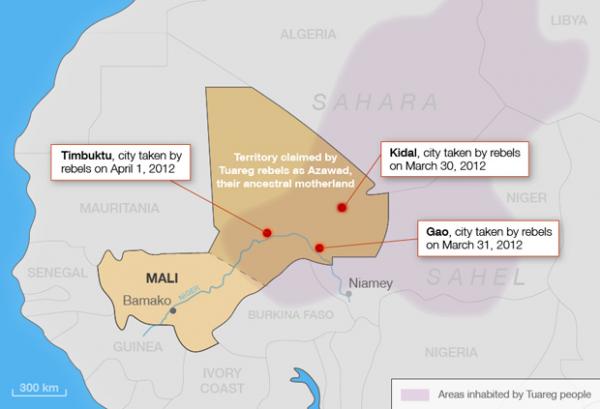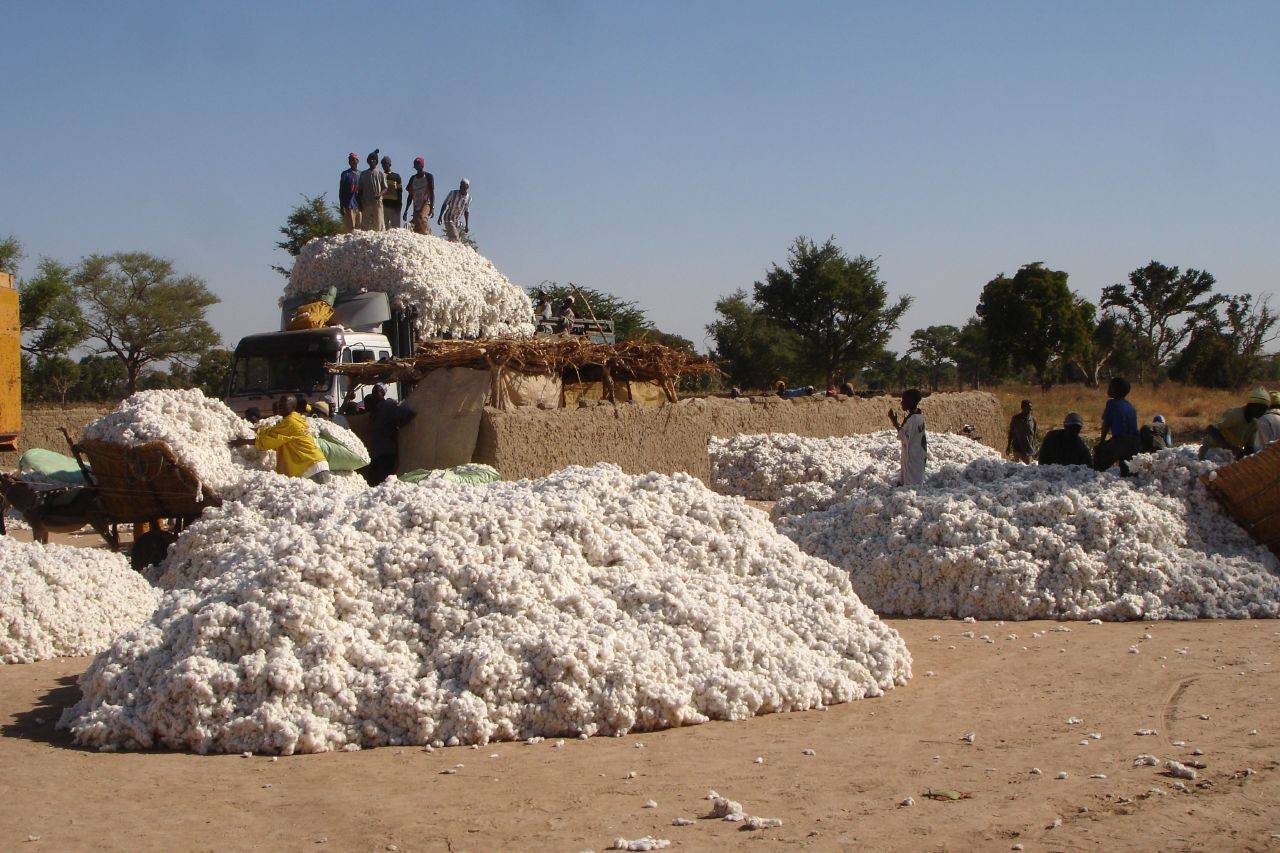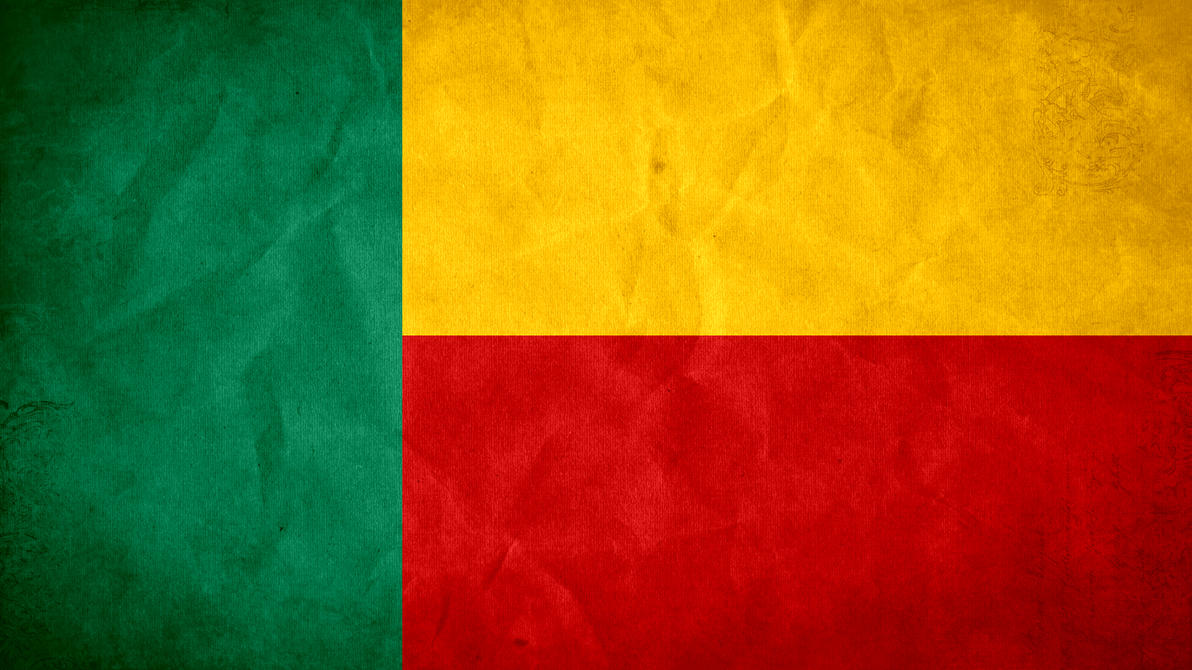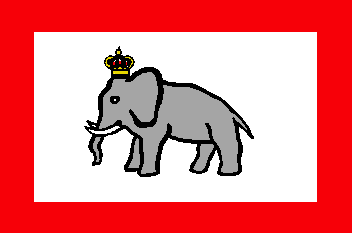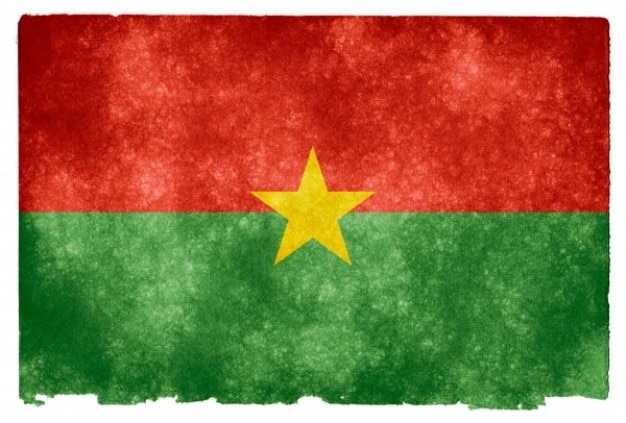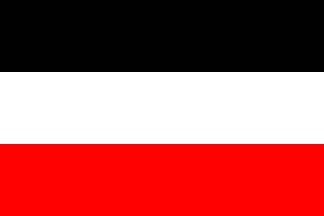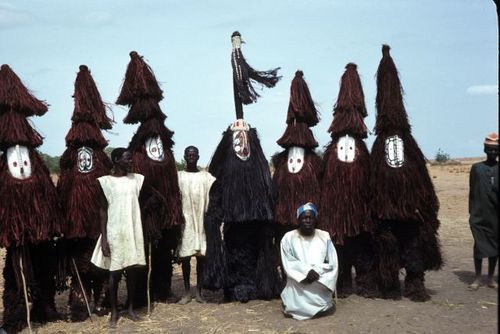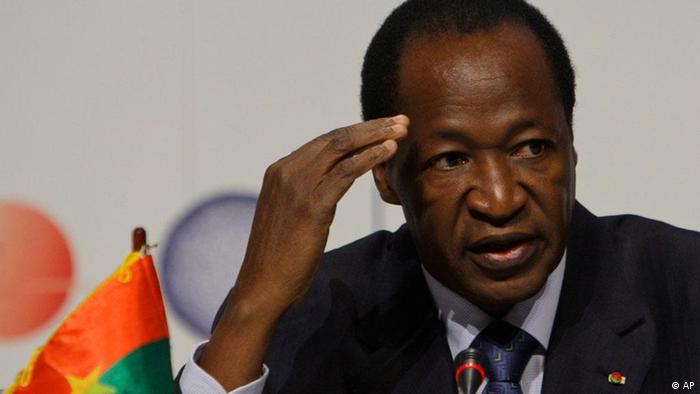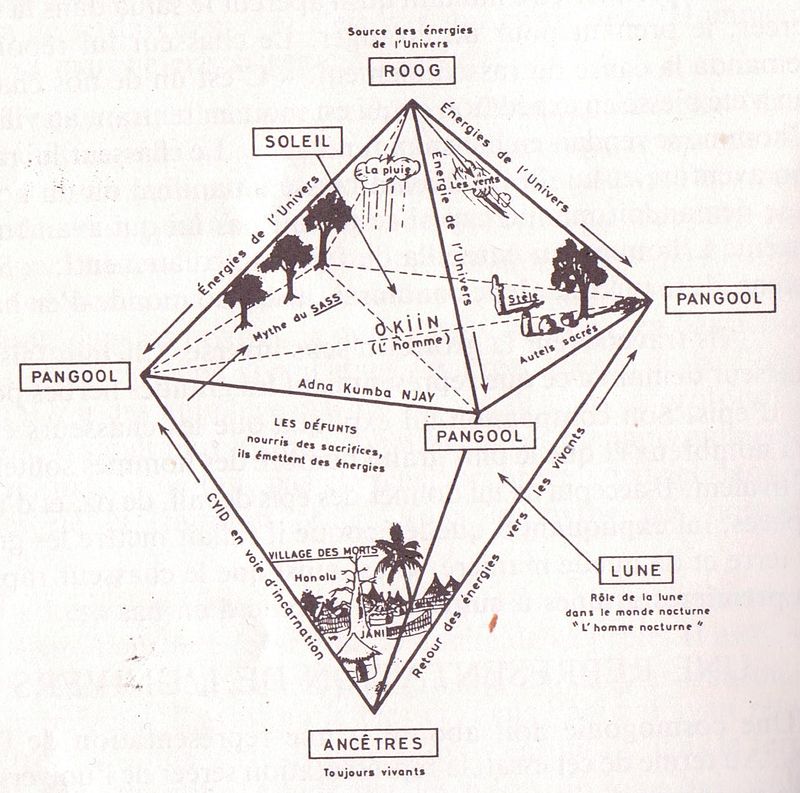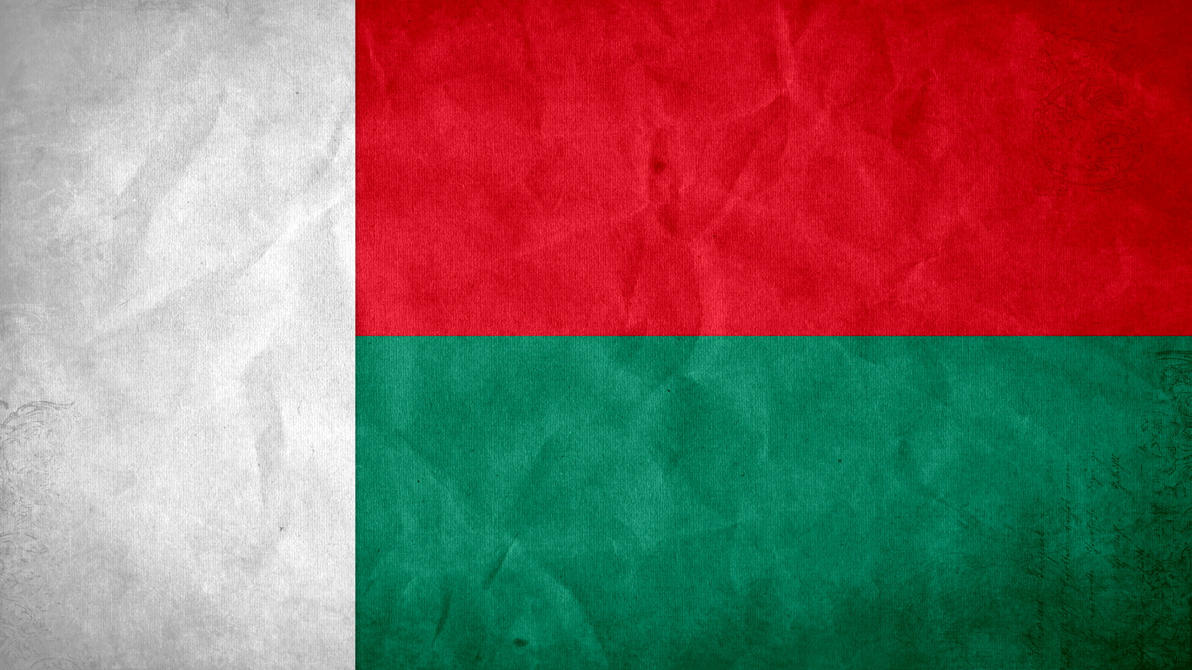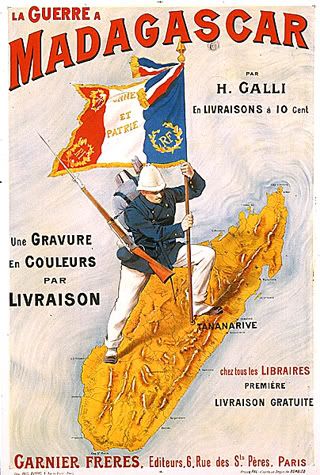<= 70. Mali 72. Togo =>
1. Guinea's name
The name Guinea comes from Saharan Berber language, which means "the land of the black". During the colonial time Guinea was called French Guinea "Guinee francaise". Sometimes the name Guinea-Conakry was used to distinguish Guinea from other similar sounding countries.
Guineas of the world:
Guinea - French-speaking, Western Africa
Guinea-Bissau - Portuguese-speaking, Western Africa
Equatorial Guinea - French, Spanish and Portuguese official languages, Central Africa
Papua New Guinea - Over 800 languages, Oceania
2. French Guinea
Guinea was the first French colony in Africa to become independent in 1958.
In 1888 Guinea was declared as a French colony.
In 1898 the troops of Samory Ture lost to the French.
In 1904 Guinea was attached to the French West Africa
In the 1940s Sekou Toure created the Guinean national movement
In 1946 a national movement covering the whole Western Africa, RDA, was established
In 1957 the Guinean subdivision of RDA, the PDG demanded for independence
In 1958 Guinea became independent after a referendum. Sekou Toure became the first president and France stopped all of its economic aid, trade relations and investments.
The socialist PDG became the only permitted party and Guinea shifted to state-led economy. Natural resources were nationalized and Toure's regime relieved the tension between ethnic groups and improved social services. Many educated Guineans migrated abroad though, because of the authoritarian regime which suppressed the opposition.
3. Tribes and languages
Fulani people 40,3%
Mandinka 25,8%
Susu 11,0%
The population of Guinea comprises about 24 ethnic groups. The biggest groups are the Fulani, Mandinka and Susu people.
French and eight local languages are taught in the schools of Guinea.
There are about 10,000 non-Africans living in Guinea, who are predominantly Lebanese, French or other Europeans.
1. Guinea's name
The name Guinea comes from Saharan Berber language, which means "the land of the black". During the colonial time Guinea was called French Guinea "Guinee francaise". Sometimes the name Guinea-Conakry was used to distinguish Guinea from other similar sounding countries.
Guineas of the world:
Guinea - French-speaking, Western Africa
Guinea-Bissau - Portuguese-speaking, Western Africa
Equatorial Guinea - French, Spanish and Portuguese official languages, Central Africa
Papua New Guinea - Over 800 languages, Oceania
 |
| Guinea |
 |
| Guinea-Bissau |
 |
| Equatorial Guinea |
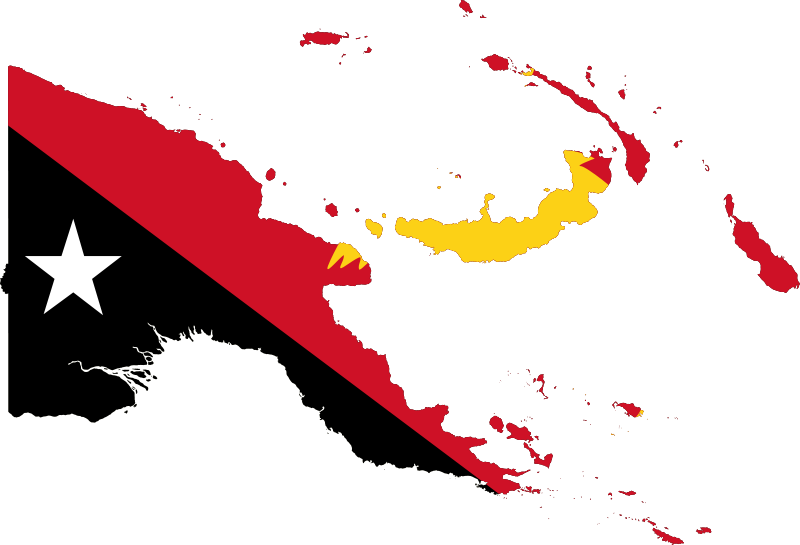 |
| Papua New Guinea |
2. French Guinea
Guinea was the first French colony in Africa to become independent in 1958.
In 1888 Guinea was declared as a French colony.
In 1898 the troops of Samory Ture lost to the French.
In 1904 Guinea was attached to the French West Africa
In the 1940s Sekou Toure created the Guinean national movement
In 1946 a national movement covering the whole Western Africa, RDA, was established
In 1957 the Guinean subdivision of RDA, the PDG demanded for independence
In 1958 Guinea became independent after a referendum. Sekou Toure became the first president and France stopped all of its economic aid, trade relations and investments.
The socialist PDG became the only permitted party and Guinea shifted to state-led economy. Natural resources were nationalized and Toure's regime relieved the tension between ethnic groups and improved social services. Many educated Guineans migrated abroad though, because of the authoritarian regime which suppressed the opposition.
.jpg) |
| First Guinean president Sekou Toure visiting Yugoslavia |
Fulani people 40,3%
Mandinka 25,8%
Susu 11,0%
The population of Guinea comprises about 24 ethnic groups. The biggest groups are the Fulani, Mandinka and Susu people.
French and eight local languages are taught in the schools of Guinea.
There are about 10,000 non-Africans living in Guinea, who are predominantly Lebanese, French or other Europeans.
 |
| Fulani people |
4. Flag similarities
The flag of Guinea resembles many other African flags. The reason for this similarity is that Guinea, Ghana and Mali were planning to unite their countries, which never happened. Guinea got also inspiration for the colors of their flag from Ethiopia, which was the only African country to resist European colonization (it was occupied for a while by Italy though).
5. World's biggest bauxite reserves |
| Guinea |
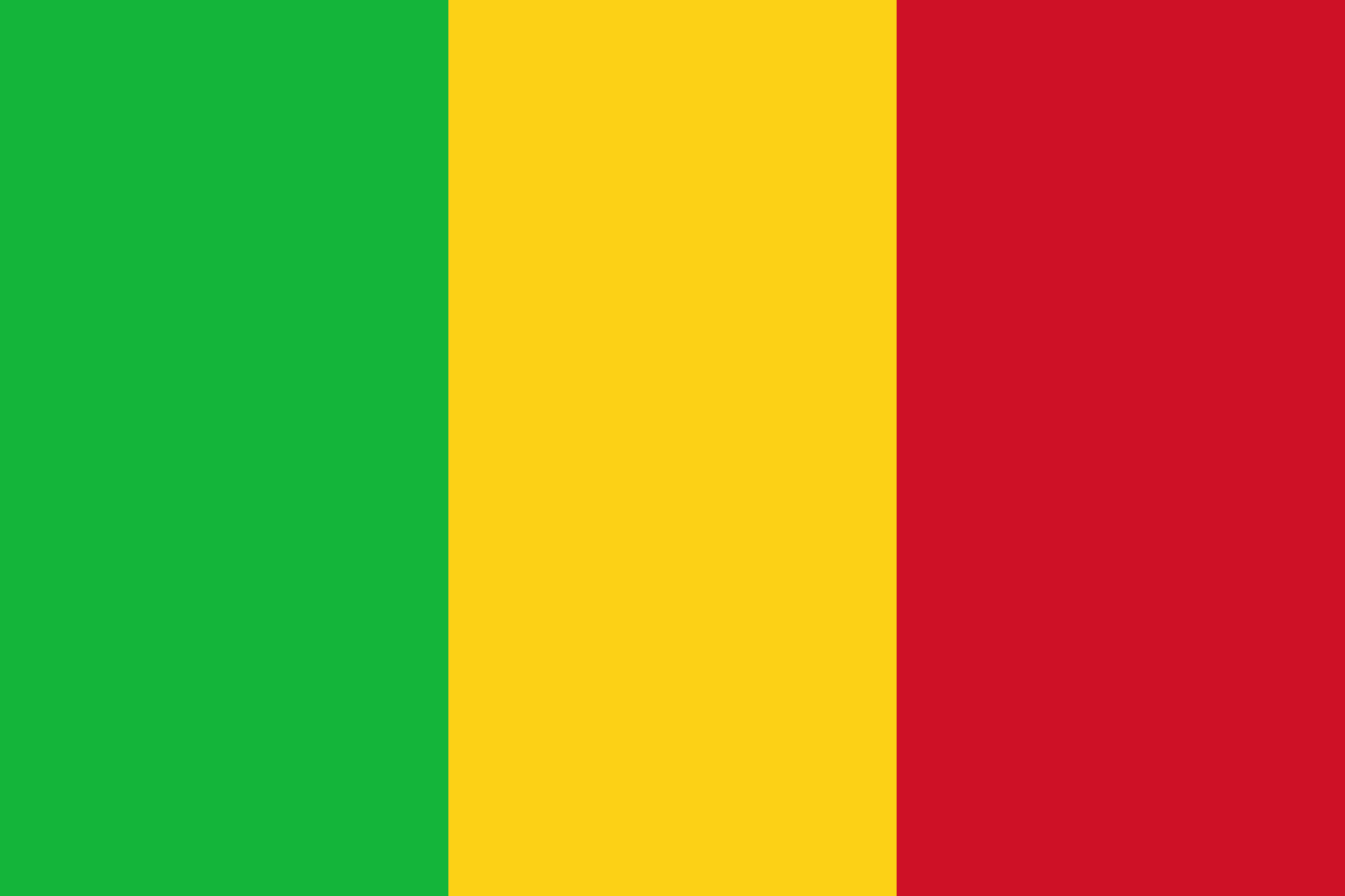 |
| Mali |
 |
| Ghana |
Guinea has the world's biggest bauxite reserves in the world. Guinea produced 4th most bauxite in 2014 after Australia, China and Brazil.
Bauxite is the most important aluminum ore. Aluminum is used very widely in different products.
Usage of Aluminum:
1. Household products: door knobs, kitchen utensils, toasters, refrigerators, kettles, furniture
2. Construction: wiring, bridges, ladders, pipes, tubes
3. Package: trays, foils, bottle caps, cans
4. Cars and transportation: in many parts of different vehicles
5. Power lines: long distance power lines and high voltage electrical transmission
Guinea has also other natural resources like diamonds, gold, uranium and iron ore. Despite Guinea's vast natural reserves the country is one of the poorest in Africa. The economy is inefficient and corrupted. This is why Guinea is one of the most miserable and unfair countries.
 |
| Simandou mine |
Timeline
900s Ghana Empire rules
1200-1400s Mali Empire rules the area
1400-1582 Songhai Empire rules the area
1735-1898 Fulani Muslims establish an Islamic state
1878-1898 Wassoulou state led by Samori Ture ruled in parts of Guinea
1898 After fighting many times against the French, Ture's troops are defeated by the French
1904 Guinea is attached to the French West Africa
1946 RDA, the independence movement covering the whole West Africa is established
1957 RDA's subdivision PDG in Guinea wins the elections and demands for independence
1958 Guinea becomes independent after a referendum and France withdraws quickly from Guinea after the result and stops all economic, trade and professional aid to Guinea
1984 Sékou Touré dies after being the president of Guinea for 26 years, colonels Lanzana Conté and Diarra Traoré seize power. Conté becomes the president and Traoré the prime minister
1992 Guinea shifts officially to multiparty system, but the soldiers have had a stronghold over the country
2001 Civil wars in Sierra Leone and Liberia spread to Guinea where Sierra Leone's RUF rebels and Liberian government's troops chase the half million people who are fleeing to Guinea
2008 Lanzana Conté dies and the soldiers make a coup and since then the voting results have been faked and parliament elections postponed from year to year
Sources:
https://en.wikipedia.org/wiki/List_of_countries_by_bauxite_production
http://www.statista.com/statistics/271671/countries-with-largest-bauxite-reserves/
https://en.wikipedia.org/wiki/Guinea
